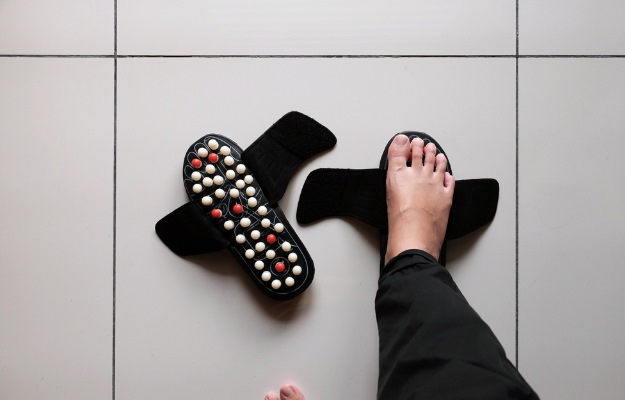The term ‘laser’ originated as the acronym for ‘light amplification by stimulated emission of radiation’. Today, lasers are devices that utilise this principle of stimulated emission of radiation and emit optically amplified light energy. While there are many applications of lasers in everyday life, making them virtually irreplaceable, it finds a special niche in medicine, surgery, and dentistry.
Laser therapy, or laser medicine, refers to the application and use of laser devices in the diagnosis and treatment of medical conditions. Medical laser treatments consist not only of therapeutic procedures but also devices and methods used in surgery and dentistry. Additionally, various other laser therapies of cosmetic value (such as laser hair removal of undesired body hair) also exist and are commonly availed by the general public. While some laser therapies are medically necessary, many procedures such as LASIK eye surgery or laser hair removal are elective treatments and can prove to be expensive.




























